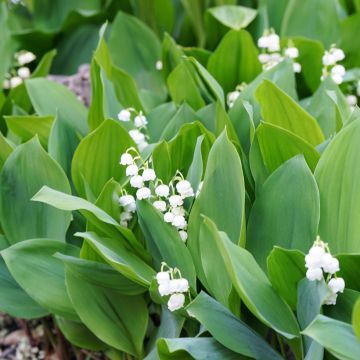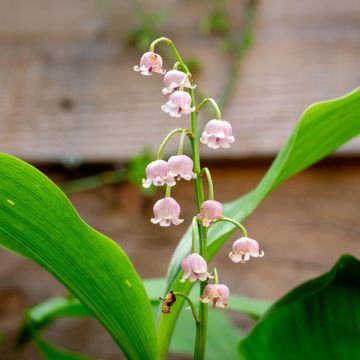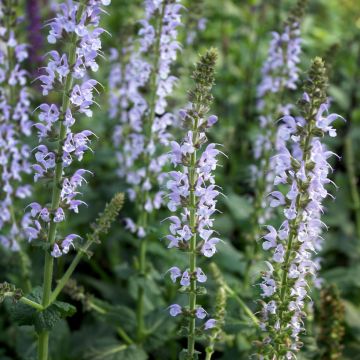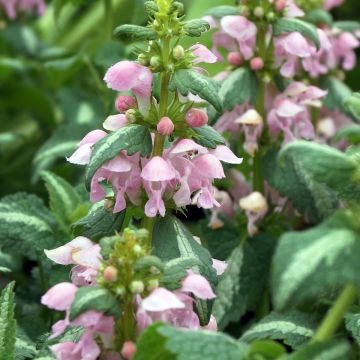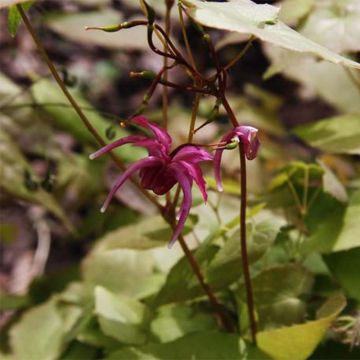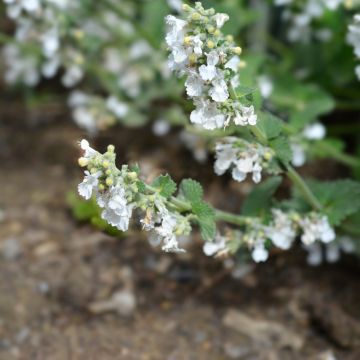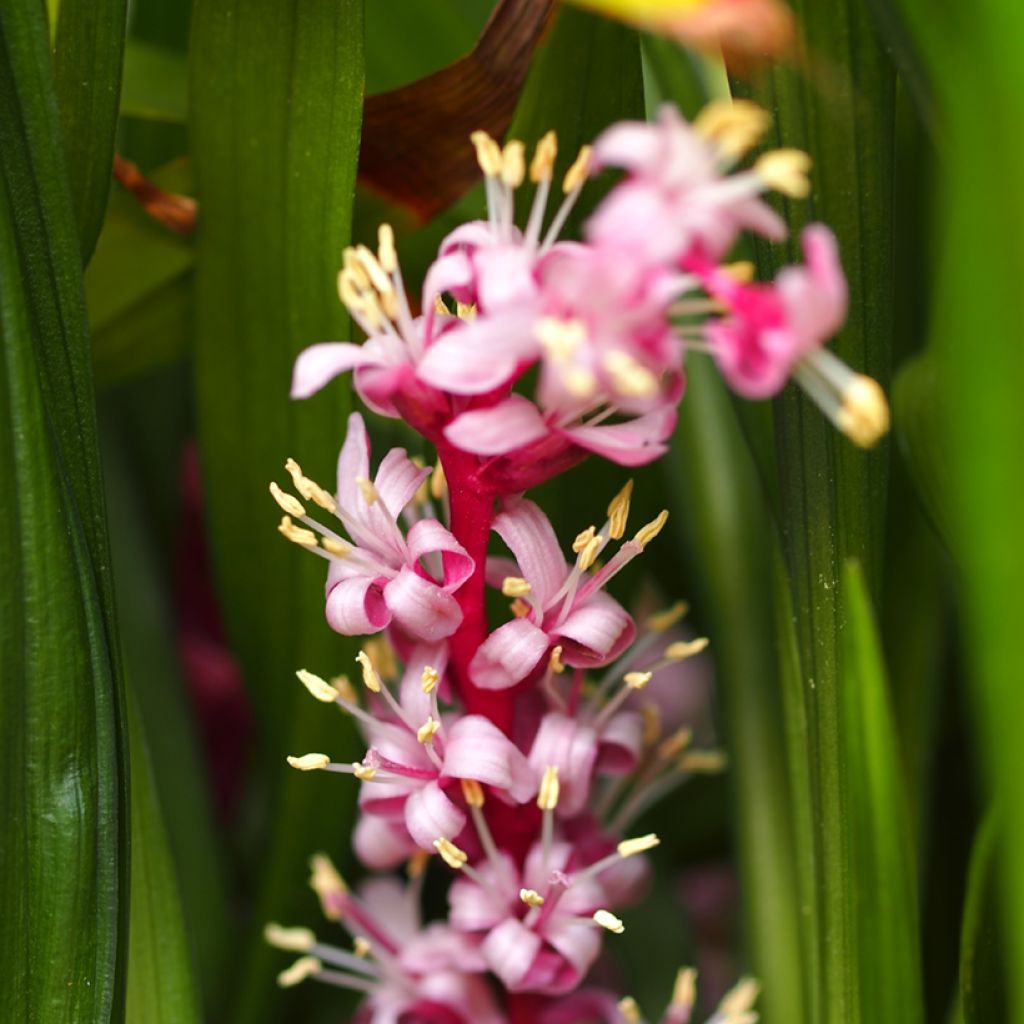

Reineckea carnea - Chinese Lucky Grass
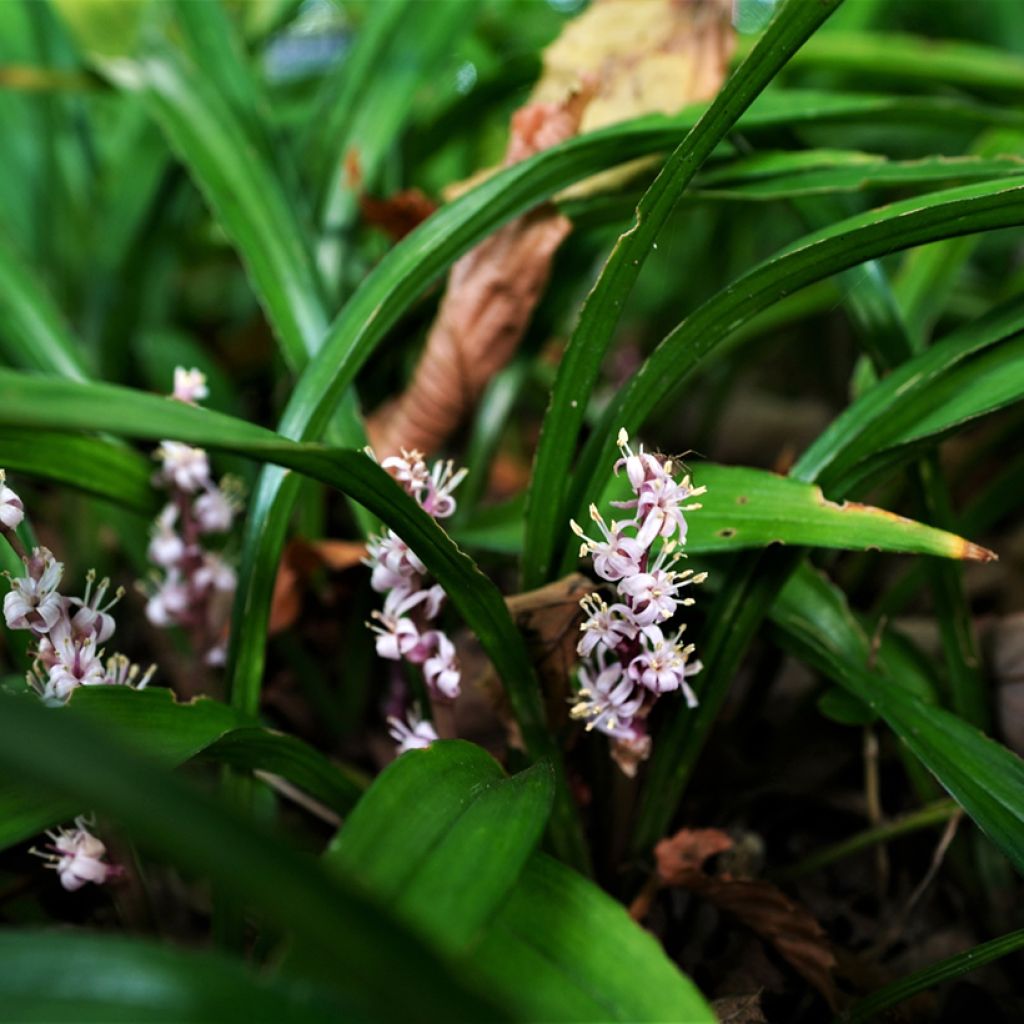

Reineckea carnea - Chinese Lucky Grass
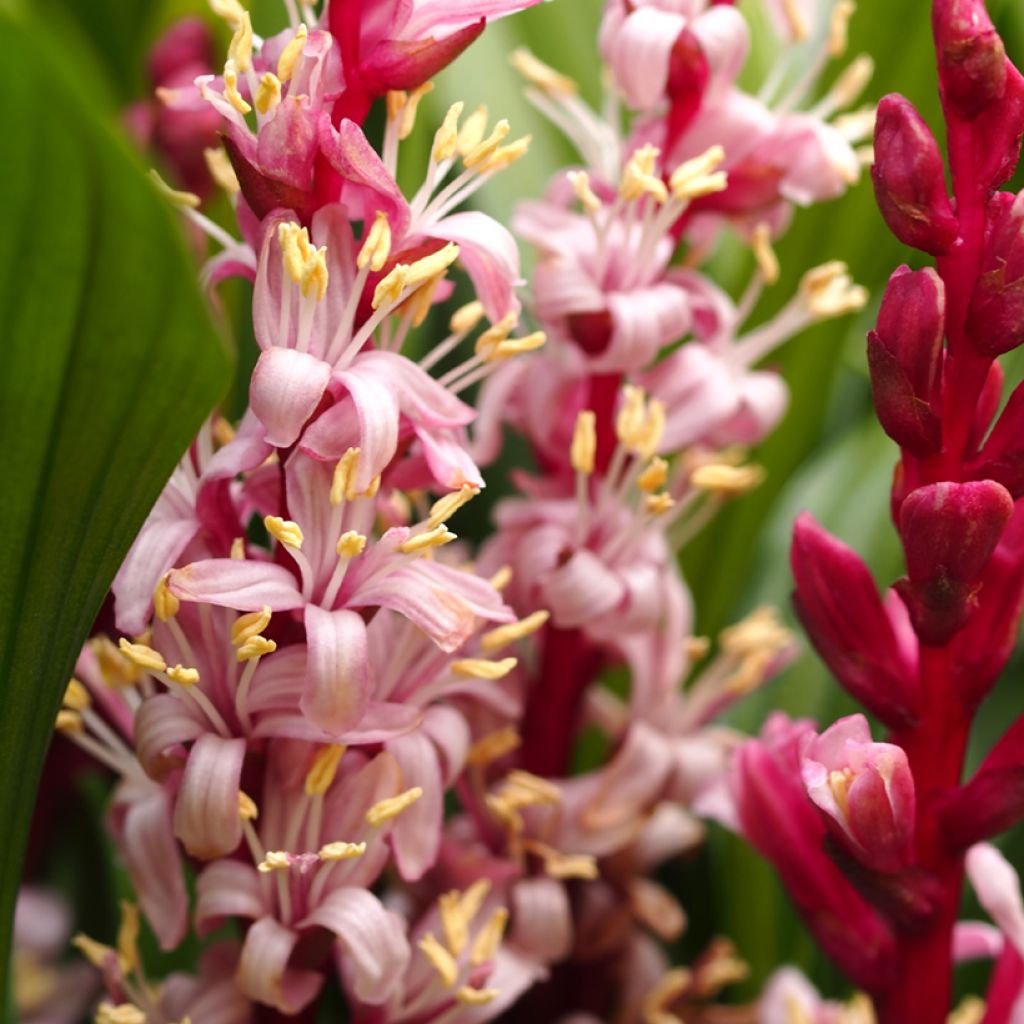

Reineckea carnea - Chinese Lucky Grass
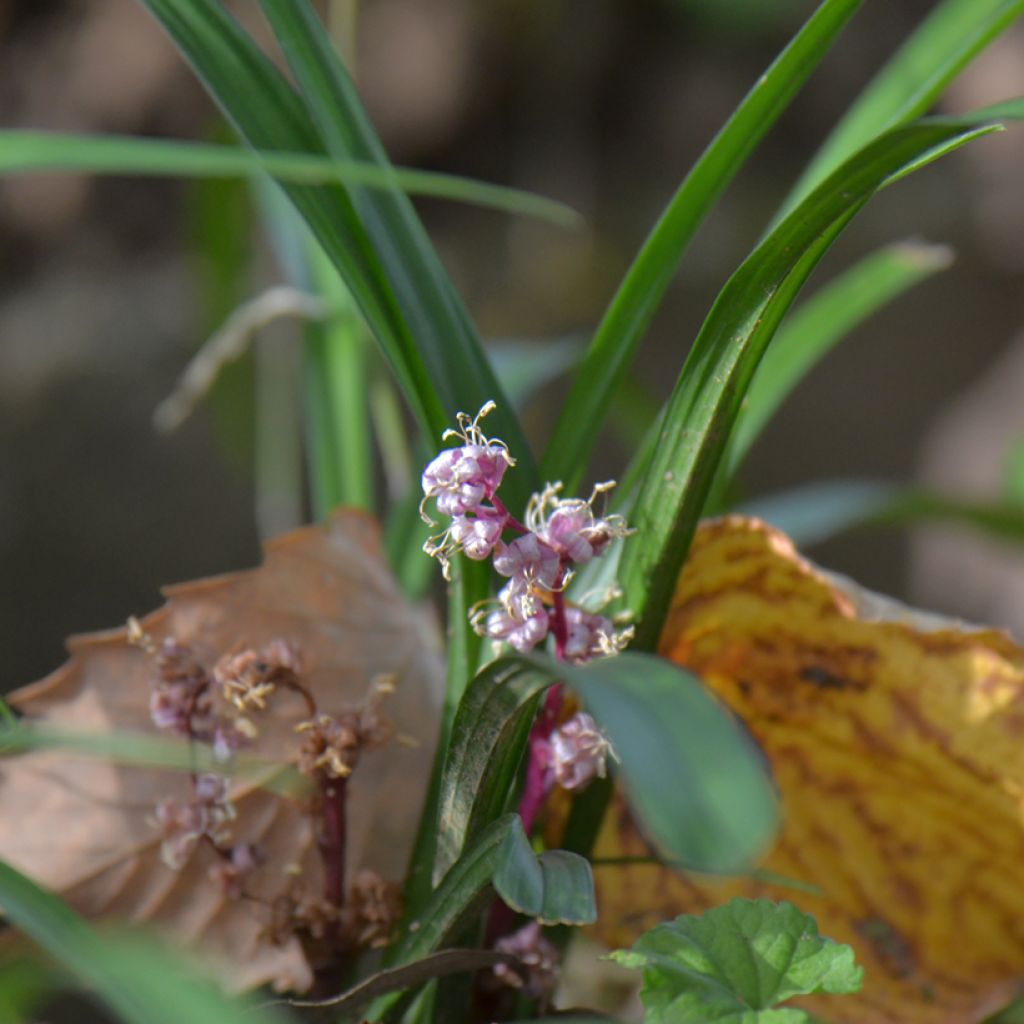

Reineckea carnea - Chinese Lucky Grass
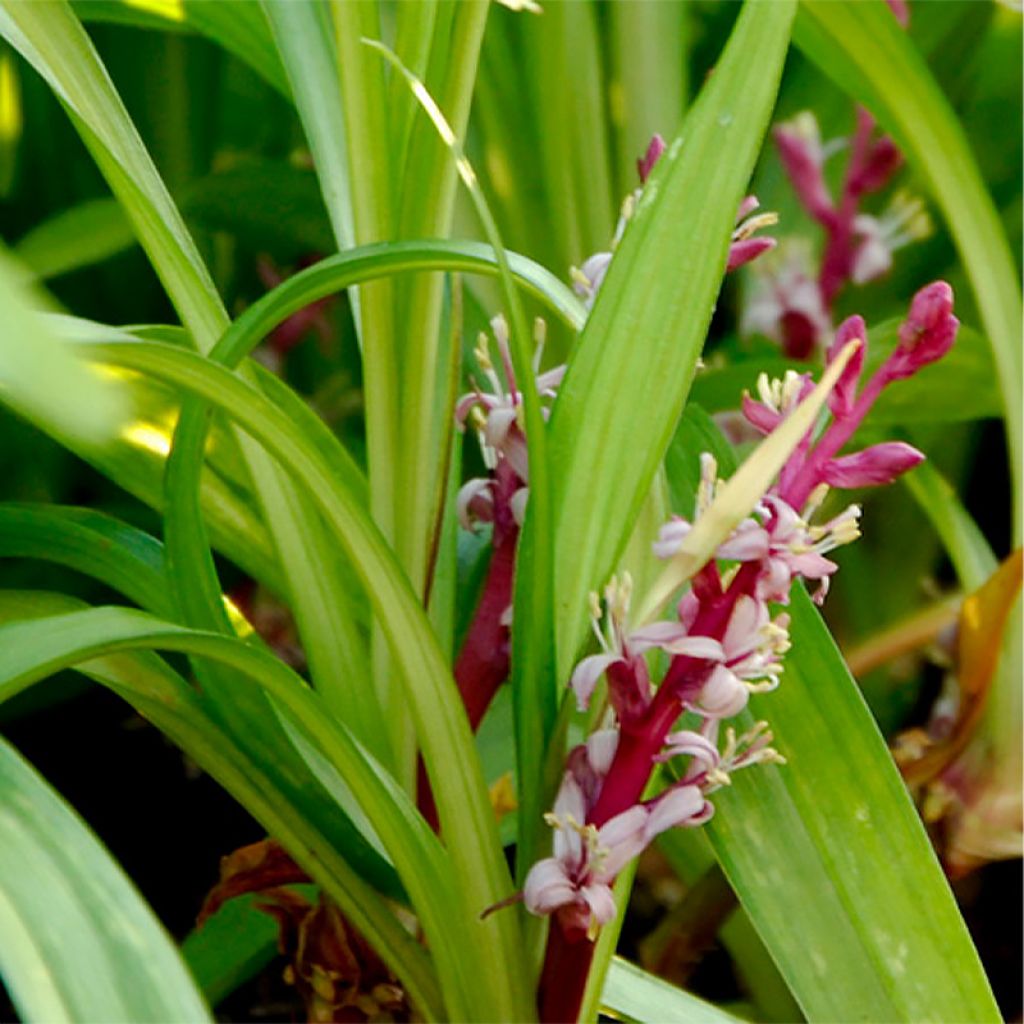

Reineckea carnea - Chinese Lucky Grass
Reineckea carnea - Chinese Lucky Grass
Reineckea carnea
Chinese lucky grass
Young plant arrived in a disastrous state, like the rest of the package (DPD carrier): taken out of the bucket, soil spread everywhere in the cardboard, naked roots.... Immediately planted, ongoing rescue attempt...
JF, 14/10/2022
Special offer!
Receive a €20 voucher for any order over €90 (excluding delivery costs, credit notes, and plastic-free options)!
1- Add your favorite plants to your cart.
2- Once you have reached €90, confirm your order (you can even choose the delivery date!).
3- As soon as your order is shipped, you will receive an email containing your voucher code, valid for 3 months (90 days).
Your voucher is unique and can only be used once, for any order with a minimum value of €20, excluding delivery costs.
Can be combined with other current offers, non-divisible and non-refundable.
Home or relay delivery (depending on size and destination)
Schedule delivery date,
and select date in basket
This plant carries a 12 months recovery warranty
More information
We guarantee the quality of our plants for a full growing cycle, and will replace at our expense any plant that fails to recover under normal climatic and planting conditions.
Would this plant suit my garden?
Set up your Plantfit profile →
Description
The Reineckea carnea, commonly known as the Chinese Lilyturf or Japanese Lilyturf, is a small perennial ground-covering plant that resembles both Ophiopogons and Lily of the Valley. It is characterized by evergreen foliage of a very fresh green color, as well as a late summer flowering of small light pink star-shaped flowers held on short cherry red stems. It is a cold-resistant plant that needs warm summers to bloom abundantly, especially to produce beautiful bright red berries. The Reineckea carnea is a delicate wonder for slightly shaded areas of the garden. It thrives in partial shade or shade, in a rather rich soil, including under trees and at the base of bushes, where the soil is often very dry in summer. All these qualities earned it the Courson Award in 2005.
The Reineckea carnea (synonyms Sansevieria carnea, AReineckea yunnanensis) belongs to the asparagus or convallariaceae family depending on the classification. This botanical species is native to China and Japan, where it grows in Himalayan forests. The plant has a rhizomatous rootstock, it takes a little time to establish itself and then spreads quite rapidly thanks to its rhizomes. The vegetation rarely exceeds 40 cm (16in) in height. It takes the form of clumps composed of long, narrow, linear leaves resembling those of a grass. Each leaf measures up to 40 cm (16in) long and 0.5 to 3 cm (0 to 1in) wide. The color of the lamina is a light and vivid green throughout the year, even in winter. In case of drought, the leaves may dry out, but the plant regrows from the rootstock as soon as the first rains come. Flowering takes place in September-October: the flower stems form outside the foliage, they are often lower than the vegetation. They are thick and short stems, of a very bright red-pink color, each bearing 3 to 8 small flesh-colored flowers. The flowers have 6 petals fused at the base, opening into stars. Fruiting is random. It takes the form of small round and shiny berries measuring less than 1 cm (0in) in diameter, of a very bright pink-red color.
Plant the Chinese Lilyturf on the edge of woodlands, under deciduous trees, in slightly shaded borders, near a pathway to enjoy the delicacy of its flowering. For example, associate it with small ferns such as Asplenium scolopendrium, Vinca minor (periwinkles), bluebells, perennial Bleeding Hearts or Liriopes that bloom at the same time in shades of mauve. Reineckea carnea can also be grown in pots.
Report an error about the product description
Reineckea carnea - Chinese Lucky Grass in pictures




Flowering
Foliage
Plant habit
Botanical data
Reineckea
carnea
Asparagaceae
Chinese lucky grass
China
Other Convallaria - Lily of the valley
View all →Planting and care
Cultivate the Chinese muguet under deciduous bushes or trees, or as a border in a semi-shaded to shaded position. Plant it in a preferably clayey soil, ideally a mixture of sand, clayey soil, and compost. It adapts to slightly acidic to slightly calcareous soils. Water regularly until the plant establishes, especially during the first dry summer. Once well-established, this perennial can fend for itself. It tolerates the root competition from trees and bushes. This perennial is not afraid of strong frosts, down to -15 °C at its lowest. It can be useful to lay a carpet of dead leaves or fern fronds on young plantings in very cold regions.
Planting period
Intended location
Care
Planting & care advice
-
, onOrder confirmed
Reply from on Promesse de fleurs
Similar products
Haven't found what you were looking for?
Hardiness is the lowest winter temperature a plant can endure without suffering serious damage or even dying. However, hardiness is affected by location (a sheltered area, such as a patio), protection (winter cover) and soil type (hardiness is improved by well-drained soil).

Photo Sharing Terms & Conditions
In order to encourage gardeners to interact and share their experiences, Promesse de fleurs offers various media enabling content to be uploaded onto its Site - in particular via the ‘Photo sharing’ module.
The User agrees to refrain from:
- Posting any content that is illegal, prejudicial, insulting, racist, inciteful to hatred, revisionist, contrary to public decency, that infringes on privacy or on the privacy rights of third parties, in particular the publicity rights of persons and goods, intellectual property rights, or the right to privacy.
- Submitting content on behalf of a third party;
- Impersonate the identity of a third party and/or publish any personal information about a third party;
In general, the User undertakes to refrain from any unethical behaviour.
All Content (in particular text, comments, files, images, photos, videos, creative works, etc.), which may be subject to property or intellectual property rights, image or other private rights, shall remain the property of the User, subject to the limited rights granted by the terms of the licence granted by Promesse de fleurs as stated below. Users are at liberty to publish or not to publish such Content on the Site, notably via the ‘Photo Sharing’ facility, and accept that this Content shall be made public and freely accessible, notably on the Internet.
Users further acknowledge, undertake to have ,and guarantee that they hold all necessary rights and permissions to publish such material on the Site, in particular with regard to the legislation in force pertaining to any privacy, property, intellectual property, image, or contractual rights, or rights of any other nature. By publishing such Content on the Site, Users acknowledge accepting full liability as publishers of the Content within the meaning of the law, and grant Promesse de fleurs, free of charge, an inclusive, worldwide licence for the said Content for the entire duration of its publication, including all reproduction, representation, up/downloading, displaying, performing, transmission, and storage rights.
Users also grant permission for their name to be linked to the Content and accept that this link may not always be made available.
By engaging in posting material, Users consent to their Content becoming automatically accessible on the Internet, in particular on other sites and/or blogs and/or web pages of the Promesse de fleurs site, including in particular social pages and the Promesse de fleurs catalogue.
Users may secure the removal of entrusted content free of charge by issuing a simple request via our contact form.
The flowering period indicated on our website applies to countries and regions located in USDA zone 8 (France, the United Kingdom, Ireland, the Netherlands, etc.)
It will vary according to where you live:
- In zones 9 to 10 (Italy, Spain, Greece, etc.), flowering will occur about 2 to 4 weeks earlier.
- In zones 6 to 7 (Germany, Poland, Slovenia, and lower mountainous regions), flowering will be delayed by 2 to 3 weeks.
- In zone 5 (Central Europe, Scandinavia), blooming will be delayed by 3 to 5 weeks.
In temperate climates, pruning of spring-flowering shrubs (forsythia, spireas, etc.) should be done just after flowering.
Pruning of summer-flowering shrubs (Indian Lilac, Perovskia, etc.) can be done in winter or spring.
In cold regions as well as with frost-sensitive plants, avoid pruning too early when severe frosts may still occur.
The planting period indicated on our website applies to countries and regions located in USDA zone 8 (France, United Kingdom, Ireland, Netherlands).
It will vary according to where you live:
- In Mediterranean zones (Marseille, Madrid, Milan, etc.), autumn and winter are the best planting periods.
- In continental zones (Strasbourg, Munich, Vienna, etc.), delay planting by 2 to 3 weeks in spring and bring it forward by 2 to 4 weeks in autumn.
- In mountainous regions (the Alps, Pyrenees, Carpathians, etc.), it is best to plant in late spring (May-June) or late summer (August-September).
The harvesting period indicated on our website applies to countries and regions in USDA zone 8 (France, England, Ireland, the Netherlands).
In colder areas (Scandinavia, Poland, Austria...) fruit and vegetable harvests are likely to be delayed by 3-4 weeks.
In warmer areas (Italy, Spain, Greece, etc.), harvesting will probably take place earlier, depending on weather conditions.
The sowing periods indicated on our website apply to countries and regions within USDA Zone 8 (France, UK, Ireland, Netherlands).
In colder areas (Scandinavia, Poland, Austria...), delay any outdoor sowing by 3-4 weeks, or sow under glass.
In warmer climes (Italy, Spain, Greece, etc.), bring outdoor sowing forward by a few weeks.































